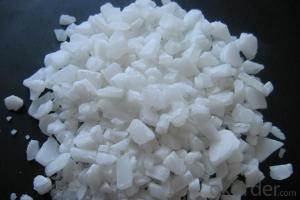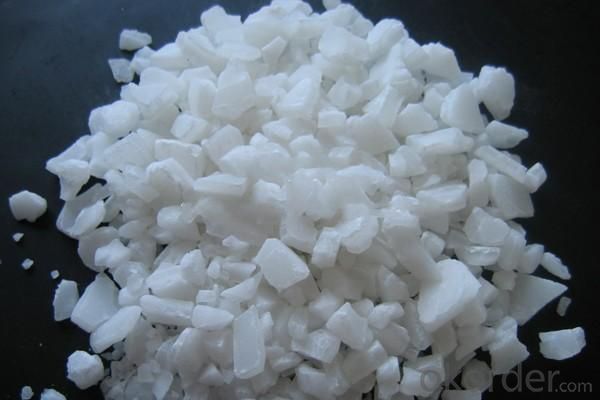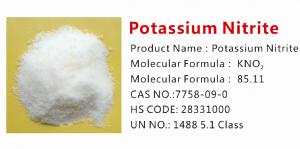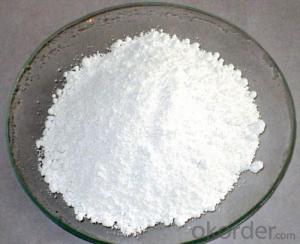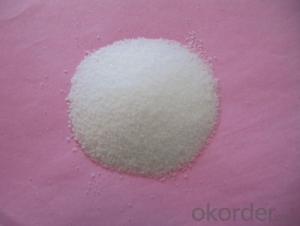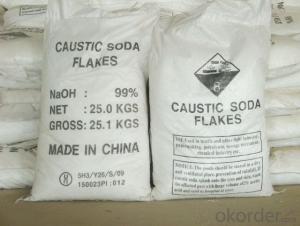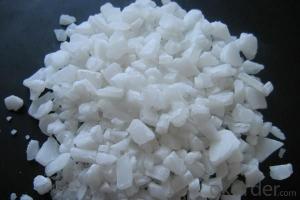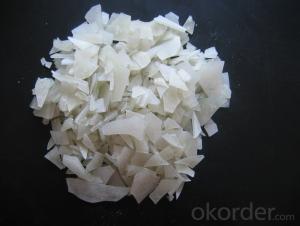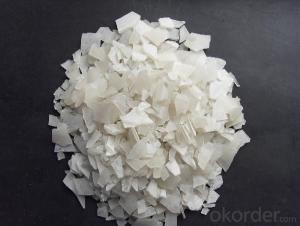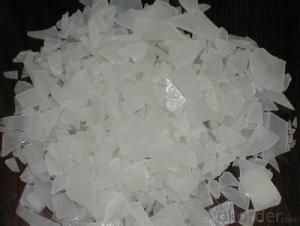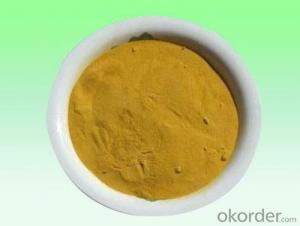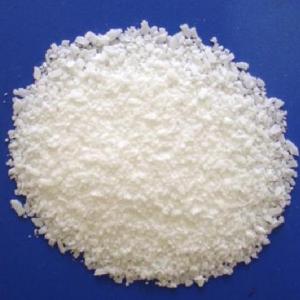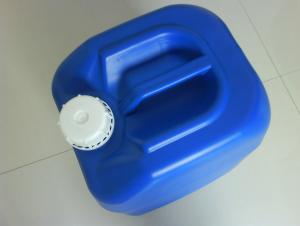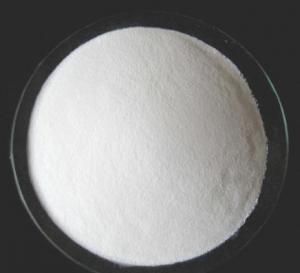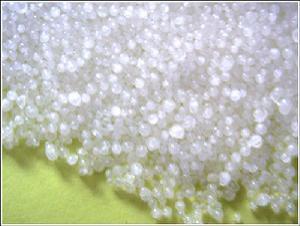LOWER PRICE NON FERRIC ALUMINIUM SULPHATE FLAKE
- Loading Port:
- China Main Port
- Payment Terms:
- TT OR LC
- Min Order Qty:
- -
- Supply Capability:
- -
OKorder Service Pledge
OKorder Financial Service
You Might Also Like
Packaging & Delivery
| Packaging Detail: | PP/PE 50kg/bag;25kg/bag;Jumbo bag or according to customers' requirements. 20-25MT will be loaded in per 20'FCL container. |
| Delivery Detail: | Within 15 days after receiving the prepayment or L/C. |
Specifications
Aluminium Sulphate
Molecular Formula:Al2(SO4)3
Purity:Al2O3 15.8% 16% 17%
Shape:Flake,Granular,Powder
CAS NO.10043-01-3
1. Chemical and Physical Properties:
Product name: Aluminium Sulphate or Aluminum Sulfate
Shape: Flakes or Granular or Powder.
EINECS NO.:233-135-0
CAS No.: 10043-01-3
HS.Code: 28332200
Molecular Formula: Al2(SO4)3
Appearance:It is white or grey flake,particle or massive crystallization.
Apt to cake after moisture absorption when laid in air for a long time.A little green because of Fe2+ ,yellow when Fe2+ is oxided to Fe3+.Soluble in water easily,and water solution is acid.
2. Specification:
Standard: HG/T 2225-2001 and HG/T 2227-2004
Items | Specifications | |||
I Type:Low Ferrous/Low Iron | II Type:Non-Ferrous/Iron-free | |||
First Class | Qualified | First Class | Qualified | |
Al2O3 % ≥ | 15.8 | 15.6 | 17 | 16 |
Ferrous(Fe )% ≤ | 0.5 | 0.7 | 0.005 | 0.01 |
Water Insolube % ≤ | 0.1 | 0.15 | 0.1 | 0.15 |
PH (1% aqueous solution) ≥ | 3.0 | 3.0 | 3.0 | 3.0 |
Arsenic(As) %≤ | 0.0005 | 0.0005 | ||
Heavy metal (Pb) %≤ | 0.002 | 0.002 | ||
3.Applications:
Water effluent treatment system
It's used for purification of drinking water and wastewater treatment by settling of impurities by
means of precipitation and flocculation.
Paper Industry
It helps in sizing of paper at neutral and alkaline pH, thus improving paper quality (reducing spots
and holes and improving sheet formation and strength) and sizing efficiency.
Textile Industry
It is used for color fixing in Naphthol based dyes for cotton fabric.
Other Uses
Leather tanning, lubricating compositions, fire retardants; decolorizing agent in petroleum, deodorizer; food additive; firming agent; dyeing mordant; foaming agent in firefighting foams; fireproofing cloth; catalyst; pH control; waterproofing concrete; aluminum compounds, zeolites etc.
4. Package:
Packaging Detail: PP/PE 50kg/bag;25kg/bag;Jumbo bag or according to customers' requirements.
20-25MT will be loaded in per 20'FCL container.
5. Attention and Storage:
The product is liable to absorb moisture and clot due to long-term exposure, so shady, cool and ventilated environment is needed.
- Q: What is the physiological function of inorganic calcium
- Maintain cell osmotic pressure and acid-base balance
- Q: What is alkali sand
- Potassium carbonate, white crystalline powder. Density of 2.428g / cm3. The melting point of 891 ° C, the decomposition of boiling point, the relative molecular weight of 138.21. Soluble in water, aqueous solution is alkaline, insoluble in ethanol, acetone and ether. Hygroscopicity, exposure to air can absorb carbon dioxide and moisture, into potassium bicarbonate, should be sealed packaging. Hydrates have a water, dihydrate, sour things. Potassium carbonate aqueous solution is alkaline. Insoluble in ethanol and ether.
- Q: Diamond, graphite is a simple element?
- Is the elemental, chemical formula is C, is the carbon allotrope
- Q: By balancing the benefits of dietary supplementation with inorganic salts, what are the advantages and disadvantages of taking health care agents?
- Obviously, the advantages of taking health care agents are targeted, quick and effective; the disadvantage is to maintain the problem after the effect is like a hormone therapy, hormone therapy after the effect is very good, and physically strong after the virus may be recovered It is very effective, some poor physical is not the case. Poor physique, perhaps more suitable for "balanced dietary supplement".
- Q: Inorganic salt function
- Ca2 + is the animal bone and teeth (containing CaCO3) composition, and blood coagulation and muscle contraction has a regulatory role, if the content is too low, the animal will appear muscle twitch. K + is a variety of enzyme activator, for the plant starch and protein synthesis and animal nerve impulse conduction and muscle contraction also plays an important role. Fe is a component of hemoglobin and cytochrome, and iron-containing enzymes are indispensable when chlorophyll is formed in plants. Another example is Na + for animal heart beat, nerve excitement is indispensable.
- Q: What are the oxides of chlorine
- Chlorobase (Cl2O) Dichloride (Cl2O2) Trioxide (Cl2O3)
- Q: In order to prove that magnesium is an essential salt for soybean life, two soybean seedlings with the same growth status are taken, one of them is cultured in magnesium-containing culture medium and the other is cultured in (). A. Pure water B. Sand without sand. Water containing only magnesium. Media containing no magnesium
- Biological control experiments were the only variable experiments. The question that is being explored is the variable, and the other quantities are the same. In a different amount (conditions) the same circumstances to modify a data variable in order to get the data variables on the experimental changes in the law. In order to prove that magnesium is essential for the life of soybeans, the variable is the presence or absence of magnesium. Can be designed as a magnesium-containing culture medium and magnesium-free culture medium. The other amount of the same as the amount of culture medium, soybean seedling growth status, the same number, while placed in the same place, etc., to ensure that only one variable that is the presence of magnesium.
- Q: I had asked a similar question on GC operation last week, but for different kinds of compounds.For my biochem research project at school, I'm testing the ability of a species of bacteria to biodegrade alcohols found in gasoline (methanol, ethanol, isopropyl, tert-butyl and cyclohexanol). The bacteria is growing in a solution of minute amounts of alcohols and Mineral Medium, which is basically just water and dissolved inorganic salts (CaCl2, KH2PO4, NH4NO3 and MgSO4).I know GC's are primarily used to separate organic mixtures. Can a GC separate organic compounds dissolved in salt water? Is it safe to put salt water in a GC? Or would I have to do an extraction to separate the alcohols and run the organic extract through the GC?
- Do not let salts enter the GC. You will have to perform an extraction step and run that. Salts can precipitate in the column or degrade into reactive species that can corrode the GC. Water is OK since it will not destroy the column (I've run aqueous solutions before), but salts are not.
- Q: Which minerals is richest source of Inorganic Salts ?
- Minerals are inorganic salts - eg.potassium nitrate - absorbed by plants from soil - a good source of inorganic nitrogen and potassium.
- Q: What is the largest oxide of oxygen content?
- Superoxide
Send your message to us
LOWER PRICE NON FERRIC ALUMINIUM SULPHATE FLAKE
- Loading Port:
- China Main Port
- Payment Terms:
- TT OR LC
- Min Order Qty:
- -
- Supply Capability:
- -
OKorder Service Pledge
OKorder Financial Service
Similar products
Hot products
Hot Searches
Related keywords
